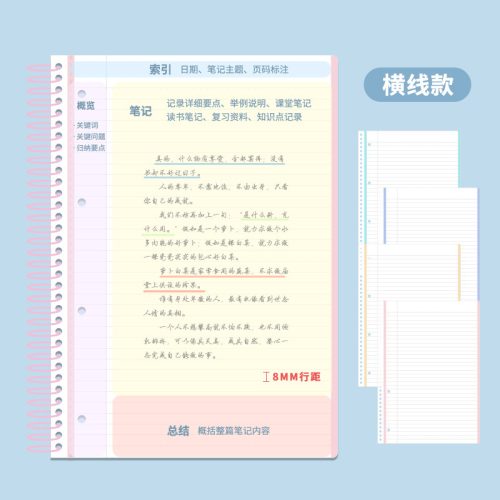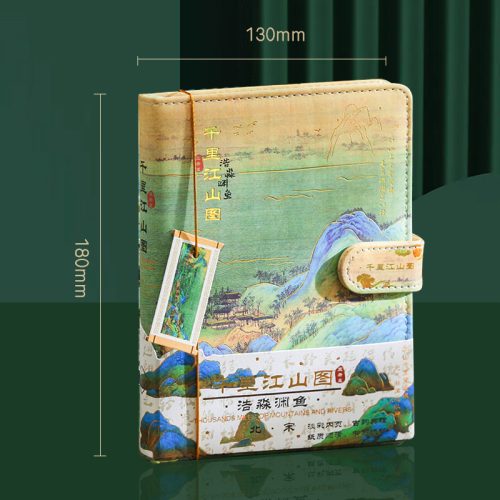Certainly! The anatomy of a pencil goes beyond just the graphite core. A typical wooden pencil consists of several components:
- Wooden Casing: The outermost part of the pencil is typically made of wood. This casing serves as both protection for the graphite core and a comfortable grip for the user. Cedar wood is commonly used for high-quality pencils due to its smooth texture and ability to sharpen cleanly.
- Graphite Core: The graphite core is the heart of the pencil. It’s the part that leaves marks on paper when you write or draw. Contrary to its name, graphite isn’t lead; it’s a form of carbon. The hardness or softness of the graphite core can vary, which is indicated by the pencil’s grading scale (e.g., 2H, HB, 2B). Harder graphite makes lighter marks, while softer graphite makes darker marks.
- Ferrule: The ferrule is a metal band that secures the eraser to the pencil. It is usually made of aluminum, brass, or a similar material. The ferrule plays a critical role in holding the eraser in place and providing structural support to the pencil.
- Eraser: The eraser is attached to the end of the pencil opposite the graphite core. While not all pencils have erasers, many do. Erasers are typically made from synthetic rubber compounds and are used for correcting mistakes or making adjustments to drawings or written text. The eraser can be removed and replaced when it wears down.
- Metal Clasp: Some pencils, especially those with high-quality erasers, have a small metal clasp or cap that holds the eraser in place. This metal clasp can be removed to access the eraser or replaced after refilling the eraser.
- Paint and Printing: Pencils often have information and branding printed on the wooden casing. This includes the manufacturer’s name, pencil grade, and sometimes decorative designs. The wood may also be painted or varnished to give the pencil a polished appearance.
- End Cap or Dip: The end of the pencil opposite the eraser often has an end cap or dip, which is a painted or coated finish. This serves both an aesthetic purpose and helps to protect the wood from moisture and wear.
- Hexagonal Shape: Most pencils have a hexagonal (six-sided) shape. This shape prevents the pencil from rolling off flat surfaces and provides a comfortable grip.
- Sharpened Tip: The tip of the pencil is sharpened to a point for writing or drawing. Pencils can be sharpened using a manual or electric sharpener, a knife, or even sandpaper.
In summary, the anatomy of a pencil includes the wooden casing, graphite core, ferrule, eraser, metal clasp (if applicable), paint and printing, end cap or dip, hexagonal shape, and the sharpened tip. These components work together to create a versatile and familiar writing and drawing tool.


